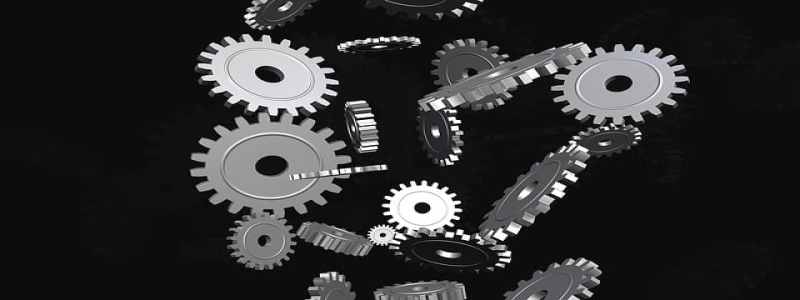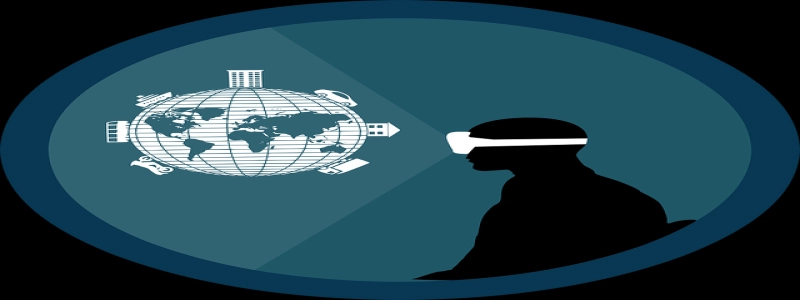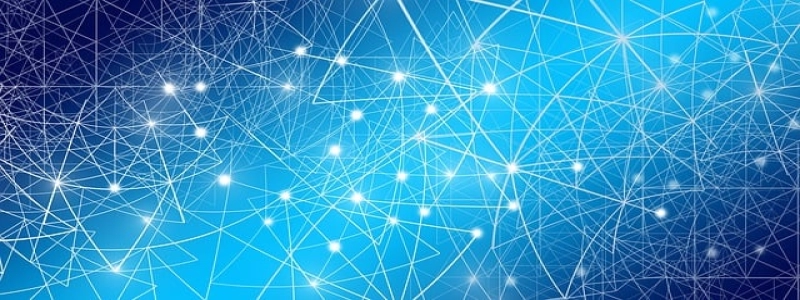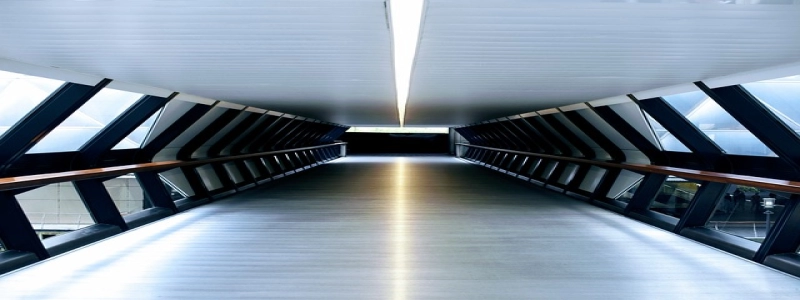Types of Connectors on a Motherboard
私. 導入
The motherboard is one of the most important components of a computer, serving as the main circuit board that connects all the other hardware components together. It provides a platform for communication between the different parts of the computer system. One crucial aspect of a motherboard is its connectors, which allow for the attachment of various devices and peripherals. 記事上で, we will explore the different types of connectors found on a motherboard and their specific functions.
Ⅱ. Power Connectors
1. ATX Power Connector: This is the primary power connector on a motherboard and provides power to the CPU and other main components. It consists of a 24-pin connector or sometimes a 20-pin connector for older motherboards.
2. CPU Power Connector: Found near the CPU socket, this connector supplies power specifically to the processor. It comes in 4-pin or 8-pin configurations, with the latter being more common in modern systems.
Ⅲ. Data Connectors
1. SATA Connectors: These connectors are used for connecting storage devices, such as hard drives and Solid-State Drives (SSDs), to the motherboard. SATA connectors are available in different versions, including SATA II (3GB/s) and SATA III (6GB/s), and typically have seven pins.
2. PCIe Slots: The Peripheral Component Interconnect Express (PCIe) slots are used to connect expansion cards, such as graphics cards, sound cards, and network cards, to the motherboard. PCIe slots come in different sizes, including PCIe x16 (for graphics cards) and PCIe x1 (for other peripherals).
3. USB Connectors: USB (Universal Serial Bus) connectors allow for the connection of external devices, such as keyboards, mice, printers, and other peripherals. USB connectors come in various shapes and sizes, including USB 2.0 and USB 3.0, with the latter offering faster data transfer speeds.
4. RAM Slots: These connectors are designed for installing Random Access Memory (RAM) modules onto the motherboard. Multiple RAM slots allow for higher memory capacities and faster system performance.
Ⅳ. Audio and Video Connectors
1. Audio Connectors: The motherboard features audio connectors, including a Line-In, Line-Out, and Microphone jack, which enable the connection of speakers, headphones, and microphones. These connectors provide high-quality audio output and input.
2. Video Connectors: In modern motherboards, you may find video connectors, such as HDMI, DVI, or DisplayPort. These connectors allow for the direct connection of a monitor or display to the motherboard, eliminating the need for a separate graphics card.
V. Miscellaneous Connectors
1. Front Panel Connectors: These connectors provide connectivity for the power button, reset button, power LED, and HDD LED on the computer case’s front panel. They allow for easy control and monitoring of the system.
2. Ethernet Connector: The Ethernet connector, commonly known as the RJ-45 connector, enables the motherboard to connect to a Local Area Network (LAN) or the internet via an Ethernet cable.
VI. 結論
The connectors on a motherboard play a crucial role in connecting various components and peripherals, allowing for their seamless integration into the system. Understanding the different types of connectors and their specific functions can help users effectively assemble their computer systems or troubleshoot any connectivity issues. Bear in mind that these connectors may vary depending on the motherboard model and version, so always consult the motherboard manual for accurate information on connector usage.







